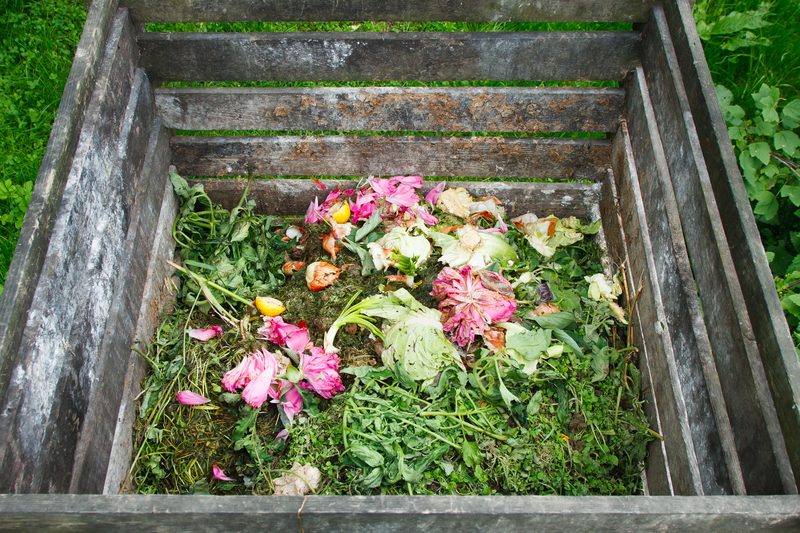Room Clearance Process
Posted on 22/08/2024
Room clearance, whether for residential or commercial properties, is a process that involves thoroughly emptying a room of its contents. This could be for various reasons such as moving out, renovation, or decluttering. Understanding this process ensures efficiency and effectiveness, saving both time and effort.
Pre-Clearance Preparation
Before diving into the actual clearance, it's crucial to prepare:
- Assessment: Evaluate the items in the room to determine what needs to be kept, donated, or disposed of.
- Gather Supplies: Collect boxes, trash bags, labels, and markers.
- Plan: Create a room clearance plan. Decide the sequence of areas you'll tackle and allocate time for each step.

Sorting and Categorizing
Begin by sorting through the items in the room. Create three piles: keep, donate, and dispose of. This makes it easier to manage and organize the contents of the room.
- Keep: These are items you need or want to retain.
- Donate: Items that are still useful but no longer needed should be donated to local charities.
- Dispose: Broken, outdated, or useless items should be disposed of responsibly.
Executing the Clearance
With preparation and sorting complete, it's time to begin the actual clearance:
- Remove: Start by removing the disposable items first. This frees up space for the rest of the process.
- Pack: Carefully pack items that are to be kept, ensuring they are labeled and organized for storage or moving.
- Donation: Load the donation items separately and arrange for their delivery or pick-up.
Post-Clearance Cleaning
After clearing the room, the next step is to clean the space. A thorough clean-up will enhance the appearance of the room and make it ready for its next use or occupant.
- Vacuuming and Dusting: Remove dust and debris from floors, walls, and surfaces.
- Wiping Down: Clean windows, doors, and remaining fixtures.
- Final Touches: Inspect the room for any overlooked items or areas in need of extra attention.
Pros and Cons of Room Clearance
Like any process, room clearance has its advantages and disadvantages:
Pros:
- Organization: It helps in reorganizing and decluttering the space.
- Space Optimization: Proper clearance can create more usable space.
- Value Addition: Enhances the property's appeal for potential buyers or renters.
Cons:
- Time Consuming: It can take a considerable amount of time depending on the size and contents of the room.
- Emotional Toll: Parting with items, especially those with sentimental value, can be difficult.
- Physical Effort: Room clearance can be physically demanding, requiring lifting and carrying heavy items.
Tips for Effective Room Clearance
- Start Early: Begin the process well in advance to avoid last-minute rushes.
- Stay Organized: Keep all supplies in one place and label boxes clearly.
- Enlist Help: Get family, friends, or professionals to assist, particularly for large rooms.
- Take Breaks: Avoid burnout by taking regular breaks during the clearance process.
- Recycle: Ensure to recycle items wherever possible to minimize waste.

Key Takeaways
- Plan and Prepare: Good planning makes the process smoother and more efficient.
- Sort Methodically: Categorizing items simplifies the disposal and organization.
- Stay Focused: Avoid distractions to maintain productivity during the clearance.
- Clean Thoroughly: Post-clearance cleaning is essential for a polished final result.
Conclusion
The room clearance process might seem daunting, but with careful planning and systematic execution, it can be manageable and even rewarding. From pre-clearance preparations to post-clearance cleaning, each step is crucial in ensuring that the room is left spotless and ready for the next stage.
By following the tips and acknowledging the pros and cons, you can navigate the room clearance process efficiently. Whether you're moving, renovating, or simply decluttering, this guide provides the necessary steps to achieve a thorough and effective room clearance.

 020 3744 5712
020 3744 5712










